2010-04-22 16:37
Strong recovery in Port of Rotterdam
Throughout in the port of Rotterdam has increased sharply. In the first quarter of this year, 107 million tonnes of goods were handled, 14% more than in the same period of 2009.
Most types of goods were up: iron ore and scrap (+ 77%), other dry bulk (+ 32%), mineral oil products (+30%), containers (+21%), other liquid bulk (+ 7%), and roll on/roll off (+8%). Throughput figures for agribulk (- 32%) and coal were down (-17%) and those for other general cargo and crude oil remained virtually unchanged.
Hans Smits, Port of Rotterdam Authority CEO said, The recovery in comparison with 2009 is very marked, but I prefer to compare it to 2008. That was a top year and up to now we are getting close to it. It remaining non-committal though because consumers are still reserved and governments are making massive cuts. The growth will level off. The question is, will the port be able to make up for last year 8% decline this year in one go. That would be a wonderful achievement.
Dry bulk
The increase in imports of iron ore, to 9.4 million tonnes, runs parallel to the increasing utilization of blast furnace capacity. This year, that is expected to end up at 80%. Alongside this, there is sure to be a loss of over 2 million tonnes per annum, due to the closure of a blast furnace in Liege.
The handling of coke coal is increasing, parallel to that of ore. Demand for coal for energy production increased less sharply than anticipated on the basis of the cold winter. However, the higher emission rights make it more expensive to burn coal than natural gas.
Throughput figures for other dry bulk (minerals, construction materials, biomass) rose by almost a third, to 2.8 million tonnes. Demand from the chemical industry and the metal industry is clearly picking up, whilst the construction sector continues to lag behind.
Agribulk was down by a third, for both incoming and outgoing trade: 1.5 million tonnes. This harvest year, there has been less need for raw produce from overseas. In addition to this, a temporary disruption of soya imports from Argentina was solved with rapeseed from Europe.
Liquid bulk
Imports of crude oil remained virtually unchanged, at close to 25 million tonnes. The product margins in Rotterdam have increased due to the closure of refineries elsewhere in Europe and great demand from Asia.
These developments also had a positive impact on the handling of mineral oil products. In addition to this, a large amount of cargo was first brought in from tankers parked at sea and then re-exported after processing. For the umpteenth time in a row, the sector recorded a substantial increase, this time 30%, to 22 million tonnes.
Other liquid bulk (chemical basic products, vegetable oils and fats, fruit juices) are recovering slightly, to 8 million tonnes, due to higher industrial demand.
General cargo
Throughput figures for containers continued the upward trend of the last quarter of 2009: over 20% up, to 22 million tonnes. Measured in units of 20 feet, growth was 16%, to 2.6 million TEU. This positive state of affairs is due largely to the trade with Asia.
Intra-European traffic, which leans heavily on the British Isles, lagged behind. Despite this, roll on/roll off traffic, concentrated almost wholly on England, picked up slightly: by over 7% to 4 million tonnes.
The transhipment of other general cargo has hardly moved from the low level of 1.4 million tonnes. European demand is covered by European producers of iron and steel, accounting for about half of mixed cargo throughput. Intercontinental trade still has to get going.<Korea Shipping Gazette>
Most types of goods were up: iron ore and scrap (+ 77%), other dry bulk (+ 32%), mineral oil products (+30%), containers (+21%), other liquid bulk (+ 7%), and roll on/roll off (+8%). Throughput figures for agribulk (- 32%) and coal were down (-17%) and those for other general cargo and crude oil remained virtually unchanged.
Hans Smits, Port of Rotterdam Authority CEO said, The recovery in comparison with 2009 is very marked, but I prefer to compare it to 2008. That was a top year and up to now we are getting close to it. It remaining non-committal though because consumers are still reserved and governments are making massive cuts. The growth will level off. The question is, will the port be able to make up for last year 8% decline this year in one go. That would be a wonderful achievement.
Dry bulk
The increase in imports of iron ore, to 9.4 million tonnes, runs parallel to the increasing utilization of blast furnace capacity. This year, that is expected to end up at 80%. Alongside this, there is sure to be a loss of over 2 million tonnes per annum, due to the closure of a blast furnace in Liege.
The handling of coke coal is increasing, parallel to that of ore. Demand for coal for energy production increased less sharply than anticipated on the basis of the cold winter. However, the higher emission rights make it more expensive to burn coal than natural gas.
Throughput figures for other dry bulk (minerals, construction materials, biomass) rose by almost a third, to 2.8 million tonnes. Demand from the chemical industry and the metal industry is clearly picking up, whilst the construction sector continues to lag behind.
Agribulk was down by a third, for both incoming and outgoing trade: 1.5 million tonnes. This harvest year, there has been less need for raw produce from overseas. In addition to this, a temporary disruption of soya imports from Argentina was solved with rapeseed from Europe.
Liquid bulk
Imports of crude oil remained virtually unchanged, at close to 25 million tonnes. The product margins in Rotterdam have increased due to the closure of refineries elsewhere in Europe and great demand from Asia.
These developments also had a positive impact on the handling of mineral oil products. In addition to this, a large amount of cargo was first brought in from tankers parked at sea and then re-exported after processing. For the umpteenth time in a row, the sector recorded a substantial increase, this time 30%, to 22 million tonnes.
Other liquid bulk (chemical basic products, vegetable oils and fats, fruit juices) are recovering slightly, to 8 million tonnes, due to higher industrial demand.
General cargo
Throughput figures for containers continued the upward trend of the last quarter of 2009: over 20% up, to 22 million tonnes. Measured in units of 20 feet, growth was 16%, to 2.6 million TEU. This positive state of affairs is due largely to the trade with Asia.
Intra-European traffic, which leans heavily on the British Isles, lagged behind. Despite this, roll on/roll off traffic, concentrated almost wholly on England, picked up slightly: by over 7% to 4 million tonnes.
The transhipment of other general cargo has hardly moved from the low level of 1.4 million tonnes. European demand is covered by European producers of iron and steel, accounting for about half of mixed cargo throughput. Intercontinental trade still has to get going.<Korea Shipping Gazette>
많이 본 기사
- 국회 농해수위 “연근해 중심 한국해운에 공동행위는 필수”러시아 페스코, “한국고객이 회사 성공 견인”“내항선원 비과세 확대 검토해야“ 정기국회서 기재부에 요구해양수산부 부산 이전 개시…8일 첫 트럭 출발인사/ 남성해운SM그룹 해운부문 사령탑 선박 안전점검 직접 수행전해노련, 해수부 공공기관 노동이사제 도입 적극 추진에미레이트쉬핑라인, 한국법인 출범 “韓 직항노선 확대 추진”딥파인, CES 2026서 확장현실 기반 물류 솔루션 공개4대 항만공사, 제7차 업무협의회 개최
- 희망봉 우회로 컨선 16% 흡수…내년에도 계속된다BPA, 항만물류산업 혁신대회서 우수상·장려상…3년 연속 성과YGPA, 항만물류산업 혁신대회 우수상 수상판례/ 허위 송장을 요구했는데도 면책이 된 이유인천항만공사, 소방 안전관리 역량 인정받아[표] 주간 중고선 가격지수[표] 주간 중고선 가격동향프랑스 CMA CGM, 동남아-인도 직항로 신설WinGD Unveils High-Pressure Dual-Fuel LNG Engine ExpandingDP World Invests in Fremantle Rail Interchange to Boost Western Australia...










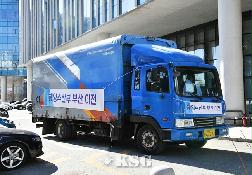
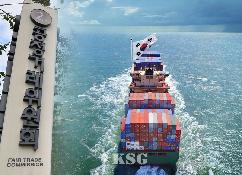

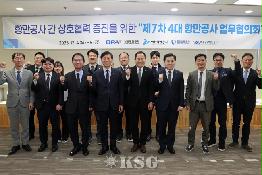

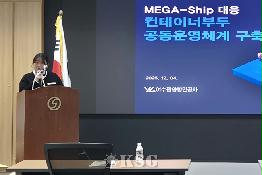
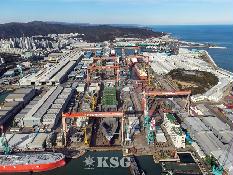


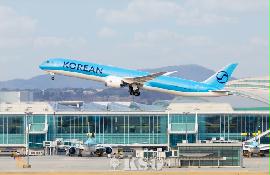



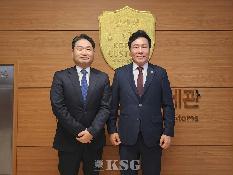



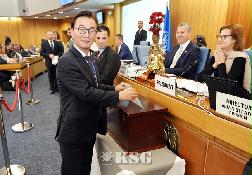
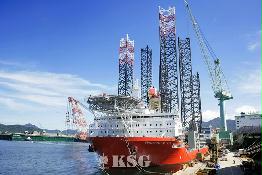
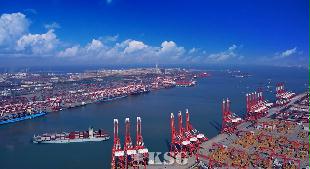

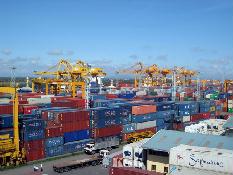



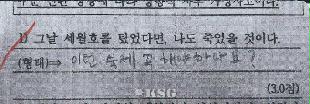


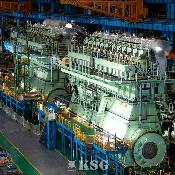
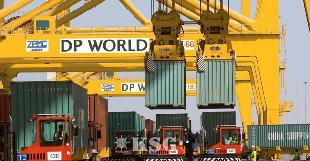
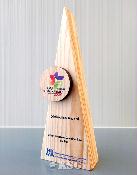
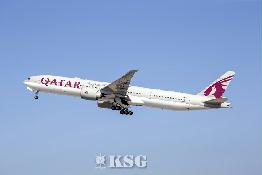





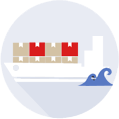
















0/250
확인